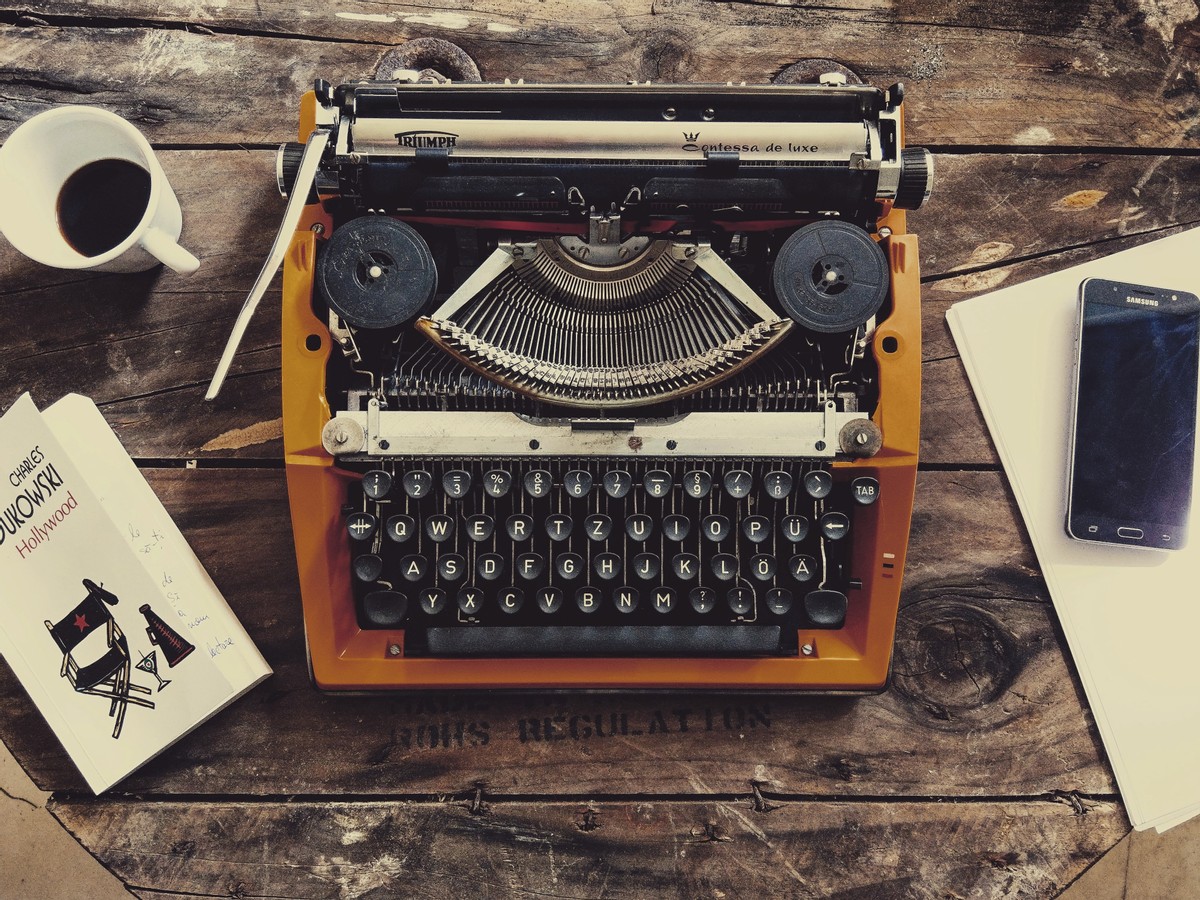
Have you ever felt tired in the midafternoon for no apparent reason? Do you often feel exhausted and therefore less productive at times when you should be fully focused? Have you heard about power naps? That might be the answer to your lack of energy in the middle of the day, so keep reading as I'm going to explain the magic of snooze.
When I first heard about power naps I thought it was something new, specifically invented for our generation since we become less productive and less alert at work. I couldn't be more wrong. As I was exploring the book "Why We Sleep" by Matthew Walker I came across a chapter about the power naps. I still remember my confusion when I find out that midafternoon slumber was "invented" by primitive people. It appears that people were always craving for recharging their batteries during the day. That took me aback as I've always heard my parents saying that sleeping during the day is a hallmark of laziness. I didn't want to be perceived as a lazy person. In fact, I thought the opposite since I always felt refreshed and more productive after a short break during the day. I used to have a short slumber after school, just before sitting down to do my homework. It was always a game-changer for me. I could stay focused longer and learn more as my mind could absorb more. I didn't know the science behind sleep at that time, but I could experience huge benefits of it, and therefore even though I could be perceived as a lazy person I continued to have a brief snooze almost every day. The only thing that I know about power napping was that it shouldn't be prolonged beyond approximately 25 minutes. I'm pretty sure most of you have already experienced the drawback of having a nap that takes slightly more. You probably felt drowsy, confused, and disoriented for some time. For me, it was always a disaster as I couldn't do anything productive for the rest of the day. The feeling of being spaced out made it impossible to learn anything. Basically, the only thing my body wanted at those times was to hit the pillow instead of a book. The reason why it happens is simple, a power nap is meant to charge your batteries, decrease melatonin levels and make some space in your short-term memory for new information. All of that happens during the NREM phase which takes about 25 minutes in the first cycle. If your midafternoon slumber draws out beyond 25 minutes you will enter the REM phase and start dreaming. Being woken up at this stage is devastating and plays havoc with your brain. It's like being interrupted in the middle of doing something requiring maximum attention. Once the process is stopped it cannot be restarted and most importantly since it was stopped unexpectedly it takes some time to sort everything out and bounce back to the original state. This is what happens when the REM phase is interrupted. The brain doesn't know how to handle the process which is in progress. It required a lot of preparation to enter the dreaming phase and now it's over. Literally, the brain freezes like a computer and the only thing you can do is restart the process by going back to sleep.
There are certain tricks and methods to improve and tap into the full potential of snoozing in the midafternoon, but that's the topic for another post. Hopefully, you got the handle on how to use it properly and gain the upper hand over the tiredness. If you have never heard about it then you should definitely try it out as it might hit the spot for you, especially if you have problems with staying focused during the day and you feel like your productivity drops around noon.
This is very well written. I hope the small corrections of a British native speaker will help you.
Great post! It's been very educational for me. Taking a nap during the afternoon might be indeed devastating unless you take all the necessary precautions (well, mainly it's setting an alarm for no more than ~20 minutes) as I myself experienced the drowsiness that appears after one full cycle of sleep. You've made a considerable progress in English since I last read one of your posts. Besides being informative, your post is also well-written and eloquent. Keep up the good work!
This is a solid piece and at the same time, it is informative and expressive. Thanks for this post!